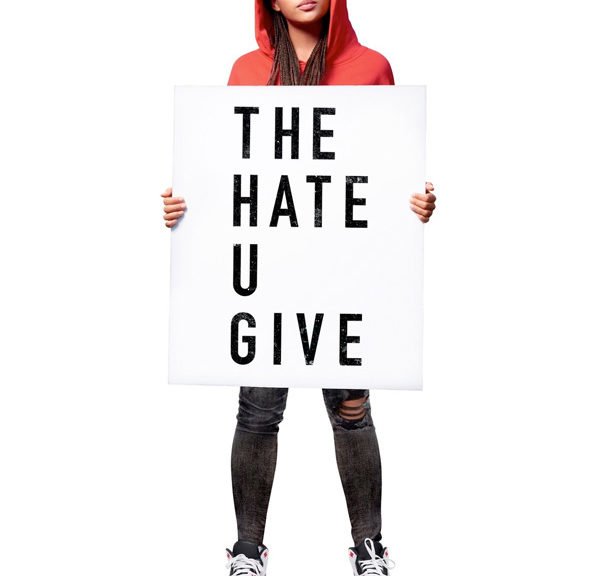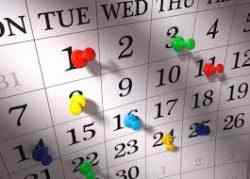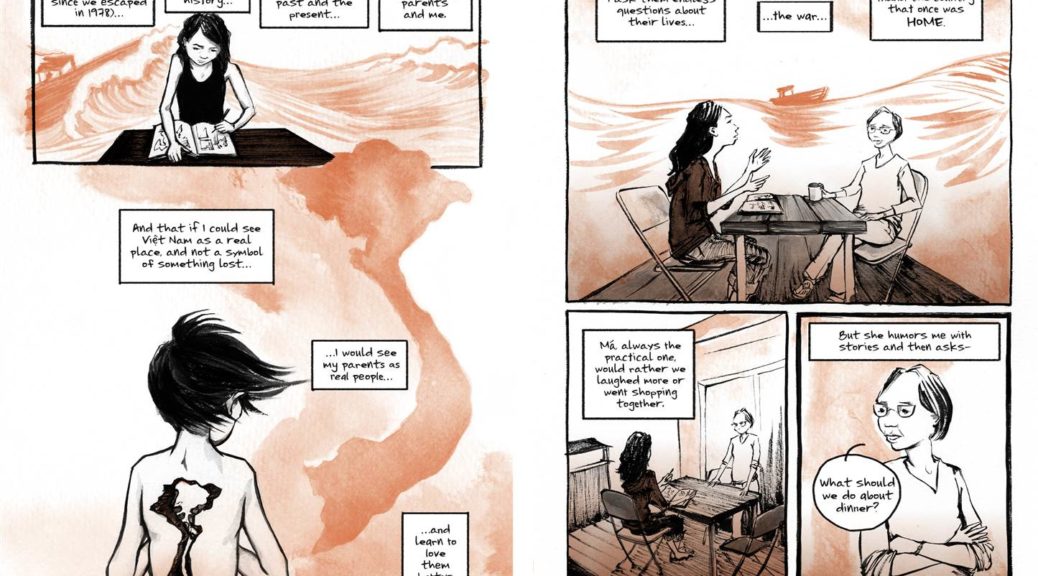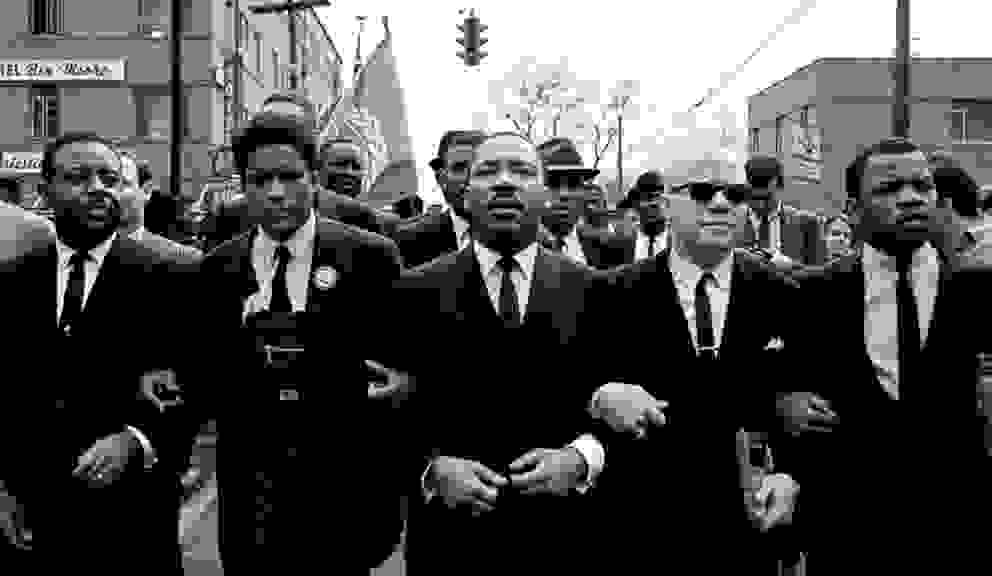
Blog 7: Reading in the Wild and The Hate U Give
One of my favorite parts of Chapter 5 was discussing Community Conversations and Types of Reading Preferences. One of my favorite things about reading books is to discuss it with other people! Whether that be people who have read the book or have not, having that form of outlet in discussion is such a brilliant part of the whole reading experience. Although in a classroom, it’s difficult to manage when you have such a variety of students and their interests. Susan Kelley helps ease this fear by breaking down the different types of preferences, and providing suggestions for such. I definitely have learned more about myself as a reader throughout this semester, and how I will carry the importance of reading through my career. I would always try and read often, in between classes, while I was waiting in line for something, etc.; but I never thought about how much reading truly helps children in the classroom. This class has taught me countless tactics on how to not only incorporate reading and books into my classroom, but stress the importance of reading to my students, and how to get them excited about reading in school.
For my young adult novel, I chose “The Hate U Give” by Angie Thomas. For this blog prompt, I chose the main character, Starr. She is an African/ American teen, who wears mostly homely looking clothes, nothing to flashy- except her Jordans. She is reserved when it comes to anyone but her family, and is constantly struggling between the preppy, predominantly white high school she attends, and the ghetto, mostly black neighborhood she was born and raised in. She is finding her way in the world, especially when she is involved in a tragedy which such magnitude she is forced to speak up and determine her path. In the first chapter of the book, Starr attends a Garden Heights party, where she feels incredibly out of place, as she thinks to herself, “I slip my hands into my pockets. As long as I keep it cool and keep to myself, I should be fine” (11 Thomas). Through the book we can see the progression of Starr as a wallflower who just wants not to be seen, to a woman who says, “What’s the point of having a voice if you’re gonna be silent in the moments you shouldn’t be? (252 Thomas). This might be one of my new favorite books, because I love watching a character grow into themselves, as well as being able to realize their purpose. I would absolutely recommend this novel, because of its ability to inspire people to use the voice they have, and to stand up for what they believe or don’t believe in.




